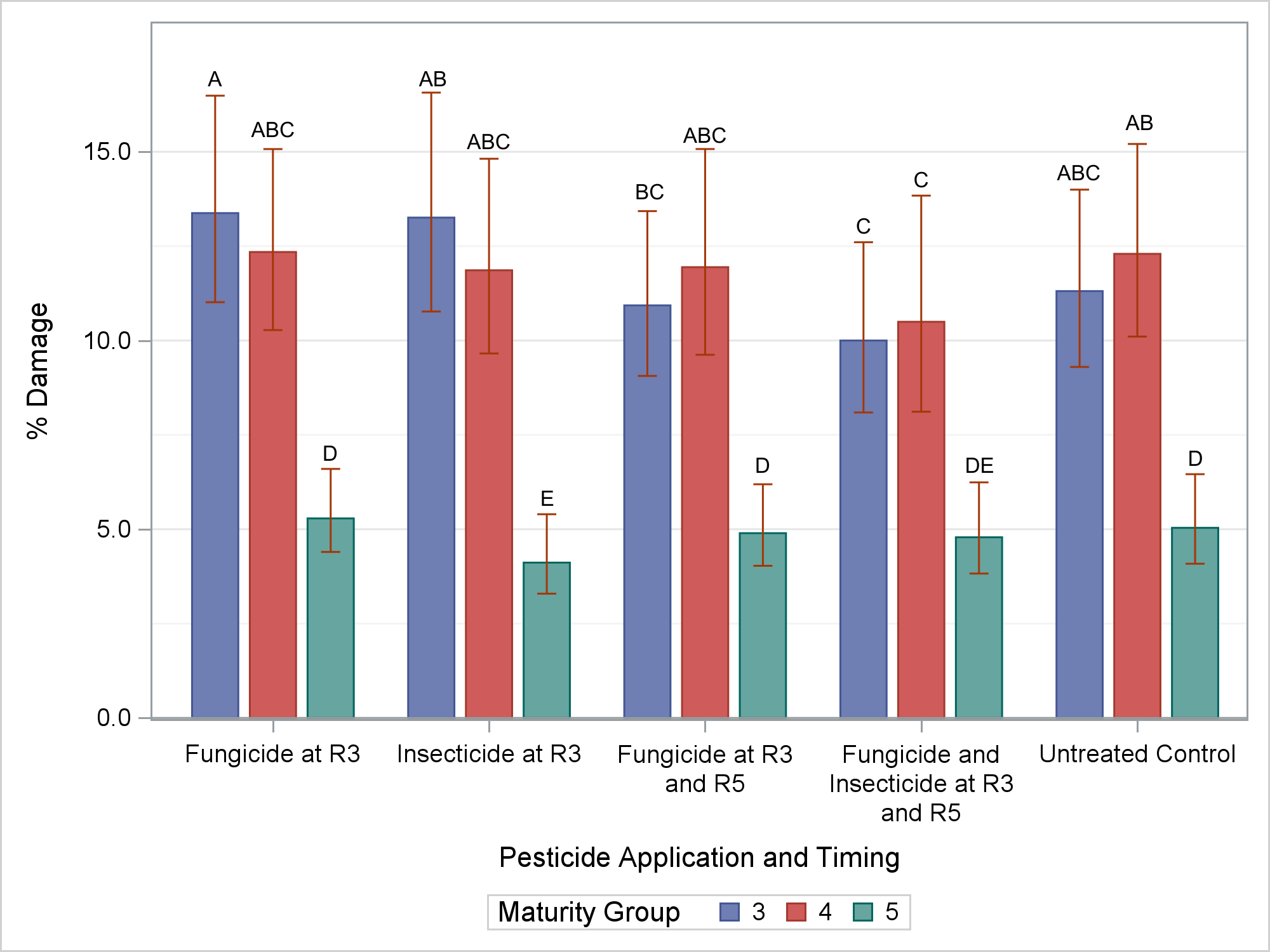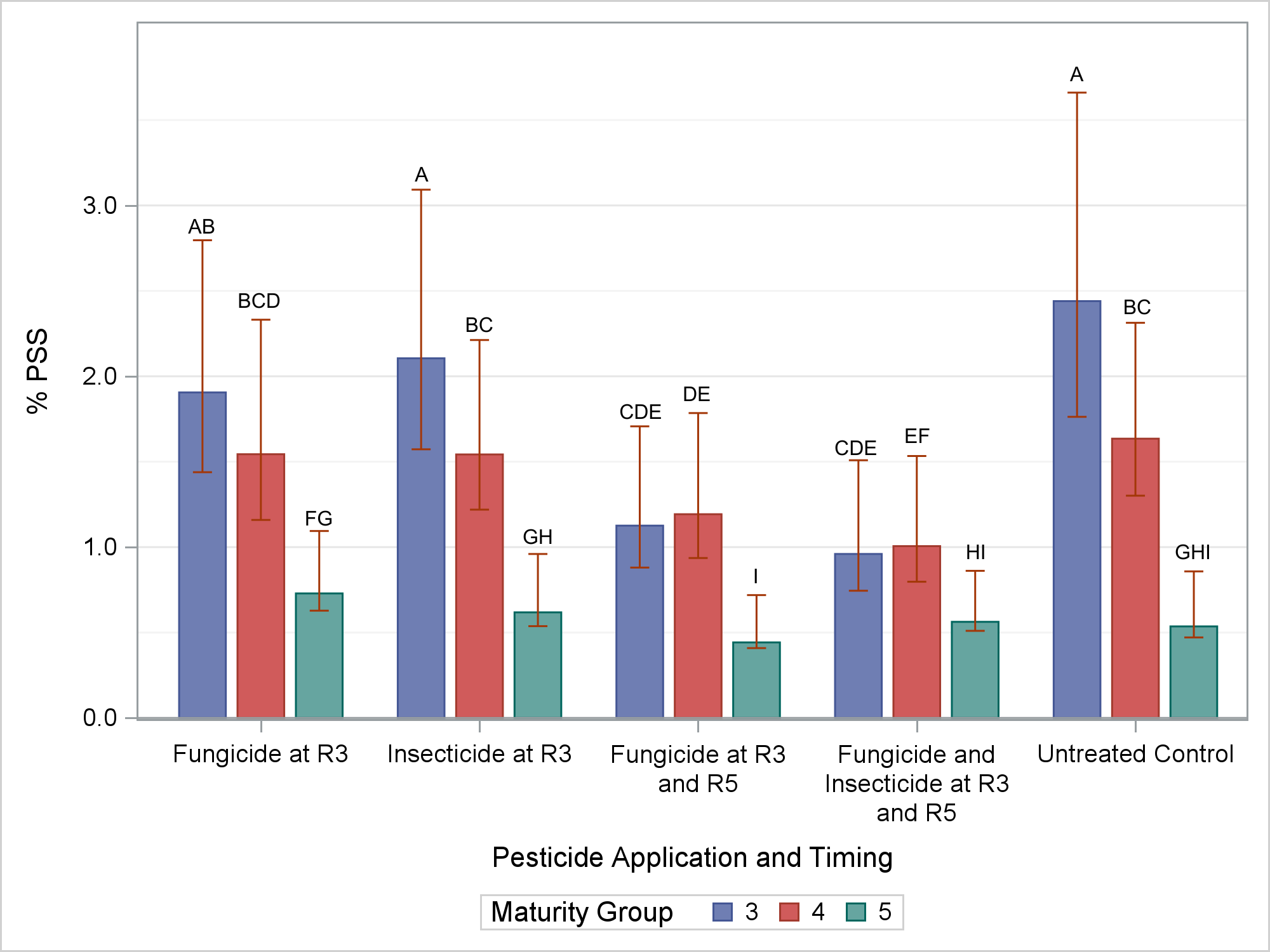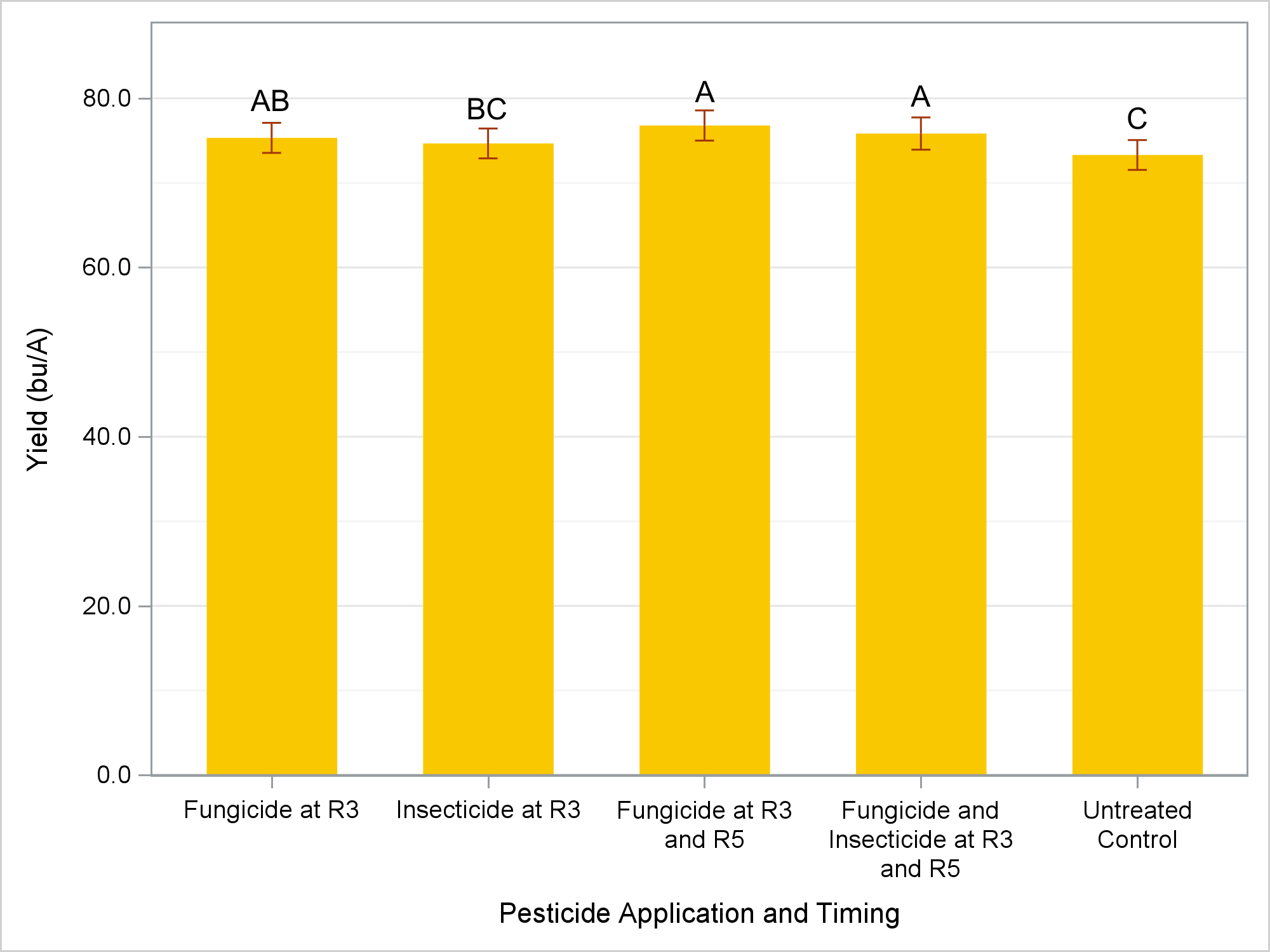Mid-Season Pest Management Impact on Soybean Seed Quality
go.ncsu.edu/readext?994614
en Español / em Português
El inglés es el idioma de control de esta página. En la medida en que haya algún conflicto entre la traducción al inglés y la traducción, el inglés prevalece.
Al hacer clic en el enlace de traducción se activa un servicio de traducción gratuito para convertir la página al español. Al igual que con cualquier traducción por Internet, la conversión no es sensible al contexto y puede que no traduzca el texto en su significado original. NC State Extension no garantiza la exactitud del texto traducido. Por favor, tenga en cuenta que algunas aplicaciones y/o servicios pueden no funcionar como se espera cuando se traducen.
Português
Inglês é o idioma de controle desta página. Na medida que haja algum conflito entre o texto original em Inglês e a tradução, o Inglês prevalece.
Ao clicar no link de tradução, um serviço gratuito de tradução será ativado para converter a página para o Português. Como em qualquer tradução pela internet, a conversão não é sensivel ao contexto e pode não ocorrer a tradução para o significado orginal. O serviço de Extensão da Carolina do Norte (NC State Extension) não garante a exatidão do texto traduzido. Por favor, observe que algumas funções ou serviços podem não funcionar como esperado após a tradução.
English
English is the controlling language of this page. To the extent there is any conflict between the English text and the translation, English controls.
Clicking on the translation link activates a free translation service to convert the page to Spanish. As with any Internet translation, the conversion is not context-sensitive and may not translate the text to its original meaning. NC State Extension does not guarantee the accuracy of the translated text. Please note that some applications and/or services may not function as expected when translated.
Collapse ▲This posted was authored by Kelly O’Reilly, an interdisciplinary PhD candidate in the Crop and Soil Sciences Department, who is co-advised by Dominic Reisig and Rachel Vann.
In an effort to capitalize on the often associated yield benefits, many growers in North Carolina have shifted to planting soybeans earlier (before mid-May). However, this has coincided with an increasing incidence of seed damage when MG5 or earlier varieties are planted before mid-May. These planting date and maturity group combinations push soybeans to reach maturity earlier during the warm, wet summer months increasing the risk of seed damage and potentially dockage at the elevator. Because of these shifting production practices and increasingly encountered seed quality issues, we have been investigating the role of mid-season pest management in reducing the seed quality issues encountered in these production scenarios.
To better understand the influence of mid-season pesticide management on early-planted, early-maturing soybeans, field trials were conducted at six different environments across the state over two years (2021-2022). Three different maturity groups (MG3, MG4, and MG5) were planted over three planting dates (late-March, mid-April, and mid-May). This created unique, in-field microenvironments at each environment where conditions that drive seed quality decline might be encountered. As soybeans reached the R3 and R5 growth stages, various combinations of foliar insecticides and fungicides were applied to each planting date and maturity group combination. These treatments included fungicide applied at R3, insecticide applied at R3, fungicide applied at R3 and R5, fungicide and insecticide applied at R3 and R5, and an untreated control. Revytek was the foliar fungicide used in this trial and Brigade was the foliar insecticide used. Insect scouting occurred with each application to better understand the in-field pest dynamics and microenvironments were also scouted for foliar diseases. Data was collected to assess the impact of mid-season pest management on yield, seed damage, purple seed stain, protein, and oil. Yield was harvested multiple times at each environment to ensure delayed harvest did not further exacerbate seed quality issues.
Results
Seed damage: In most environments, pesticide application did not significantly reduce seed damage (Figure 1). In MG 3, there was a downward trend in seed damage as the number of pesticide applications increased, but this decrease was not significantly different from the untreated control (Figure 1). MG 5 varieties had lower damage compared to MG 3 and MG 4 varieties, regardless of pesticide application strategy (Figure 1). This suggests maturity group selection had a greater influence on seed damage than mid-season pesticide applications.

Figure 1. Impact of mid-season pesticide treatment on seed damage for MG 3, 4, and 5 combined over environments and planting dates
Purple Seed Stain: For MG 3, two applications of fungicide, either applied alone or with an insecticide, reduced purple seed stain compared to the untreated control (Figure 2). With MG 4, only fungicide and insecticide applied twice significantly decreased purple seed stain compared to the untreated control (Figure 2). Pesticide application had no influence on the purple seed stain for MG 5 (Figure 2). While the decline in purple seed for MG 3 and MG 4 was statistically significant, the reduction was only a single percentage decrease and is not practically significant for dockage considerations at the elevator.

Figure 2. Impact of mid-season pesticide treatment on purple seed stain for MG 3, 4, and 5 combined over environments and planting dates
Yield: Across all environments, planting dates, and maturity groups, any application of foliar fungicide protected yield compared the untreated control and multiple fungicide applications provided superior yield protection (Figure 3). There was no significant difference between the insecticide applied at R3 and the untreated control (Figure 3).

Figure 3. Impact of mid-season pesticide treatment on soybean yield combined over environments, maturity groups, and planting dates
Protein and Oil: Pesticide treatment rarely impacted seed protein and oil content across planting dates, maturity groups, and environments (data now shown).
In conclusion, mid-season pest management had a minimal impact on seed quality. In environments with heavy pest pressure, two fungicide applications and two fungicide and insecticide applications did reduce purple seed stain, but only by 1%. Based on this research, we conclude that aggressive mid-season pest management cannot be used to migrate seed quality issues when the right environmental conditions are present to drive decline (high moisture, high temperature). However, results underscore that mid-season pest management is an important factor to protect soybean yield.


